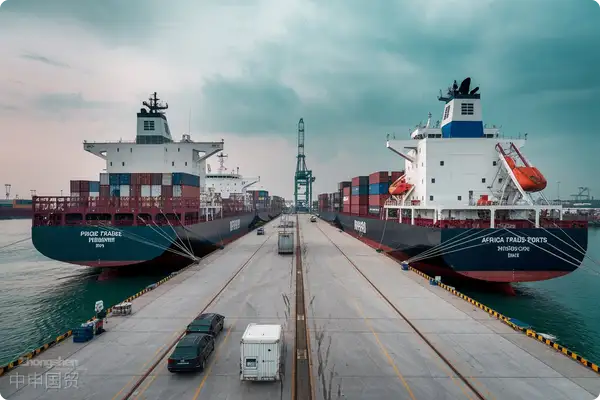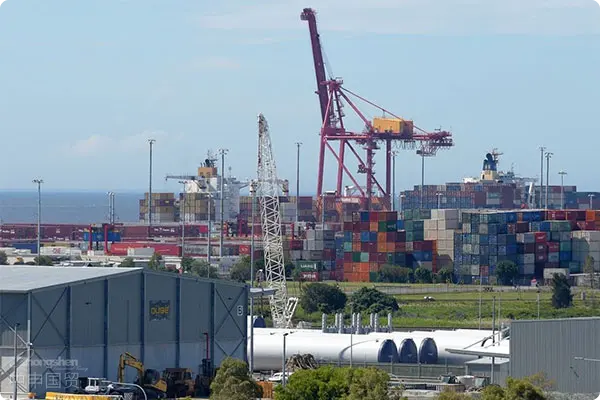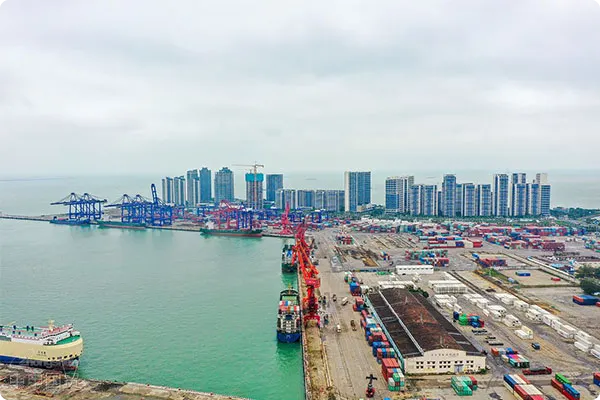- Shanghai Zhongshen International Trade Co., Ltd. - Two decades of trade agency expertise.
- Service Hotline: 139 1787 2118
The article primarily introduces three scenarios of export income, with a special focus on the confirmation and self-inspection process of export taxation (export treated as domestic sales) income.

Three Scenarios of Export Income
Internationally - recognized Safety StandardsExport Drawback: Tax refund refers to the reimbursement of taxes already paid by export enterprises during the procurement process, with specific refund rates subject to relevant national policies and regulations.
Tax-free exports (Exempt from tax without refund): Tax-exempt goods fall under products encouraged for export by the state, and relevant policies stipulate that these goods are not subject to export taxes.
Taxable exports (Exports treated as domestic sales): The income from exporting such goods is treated as domestic sales for tax purposes and must be taxed according to regulations.
Confirmation of Taxable Export Income
When confirming taxable export income, tax authorities typically require enterprises to provide accounting vouchers for taxable export income confirmation and corresponding tax returns.
Taxable exports can generally be divided into two categories: first, goods whose export tax refund (exemption) has been explicitly canceled; second, exports requiring taxation due to enterprises non-compliant operations.
Self-Inspection Process for Taxable Exports
Organize all export customs declaration numbers and commodity codes during the self-inspection period, and query them through the electronic port or compile them separately.
Query the export commodity codes to determine whether they fall under the category of export taxation.
Verify the export taxation customs declarations, confirm whether the taxable sales revenue and VAT have been declared, and maintain proper records.
For export taxation cases not handled in accordance with regulations, promptly adjust the accounting and VAT tax declarations.
Prepare a statement detailing the self-inspection process and results, attach copies of relevant vouchers and the VAT tax declaration form, and submit them to the competent tax authority.
For export taxation goods confirming export revenue, is it necessary to issue an invoice?
For revenue confirmation of export taxation goods, issuing an invoice is indeed necessary, as it plays a crucial role in tax authority inspections and confirming the companys tax status. Below, we will illustrate how to issue such an invoice with a specific example:
Suppose on March 2, 2023, a company exported a batch of goods with an FOB price of USD 10,000 and a customs declaration number of 425820230215434512. The customs declaration lists only one item with the commodity code 7211230000 and the product name stainless steel plate. Upon query, this product was determined to be subject to export taxation. Therefore, an invoice must be issued to confirm the sales revenue.
The invoice issued should include the following information:
Invoice title: Name of the recipient company
Invoice content: Product name, i.e., stainless steel plate
Invoice amount: Equivalent to the FOB price of the goods, i.e., USD 10,000
Invoice date: Consistent with the export date, i.e., March 2, 2023
Other: Customs declaration number (if applicable)
Note: The issuance and remarks of electronic invoices should be consistent with the above paper invoices.
This practice can help companies effectively manage their tax liabilities and ensure their export activities comply with all applicable regulations.
Related Recommendations
Contact Form
? 2025. All Rights Reserved. 滬ICP備2023007705號-2  PSB Record: Shanghai No.31011502009912
PSB Record: Shanghai No.31011502009912










